If you're trying to install a new axle and it isn’t seating all the way, you may be feeling frustrated. Even though you bought the same size axle as the original and hammered it, there’s still no progress. We did our research on how to push an axle all the way in, and here’s what we discovered.
Your axle should go in all the way if it fits like it’s supposed to. If it doesn't, you should check your seal ring’s size, look at how your snap ring is seated, and see if your splines are engaged.
You can also try to remove the strut, rotate your axle slightly, give it a tug, and ask for an extra hand.
Keeping your axle assembly parts fitted correctly should let you slide your axle in easily. To help you understand better how to do this, we’ll elaborate on these methods in this article, so keep reading.
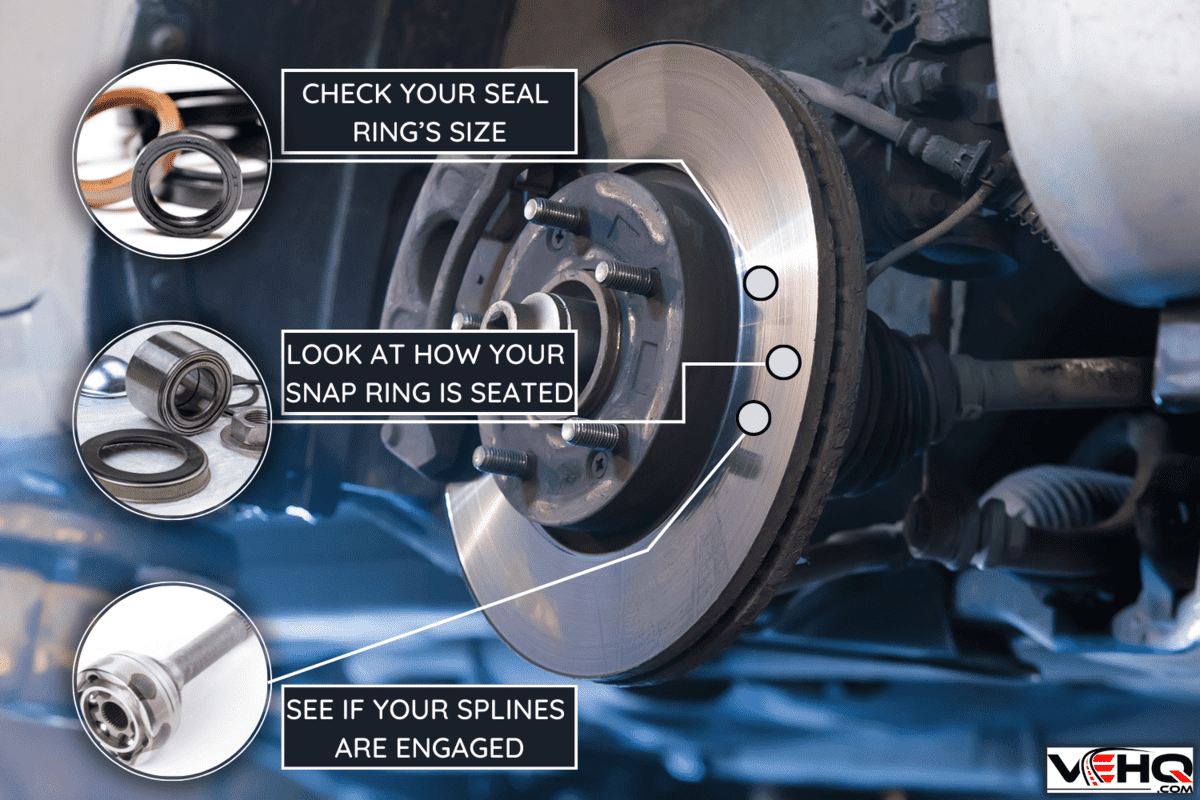
Why Your Axle Isn't Going In All The Way
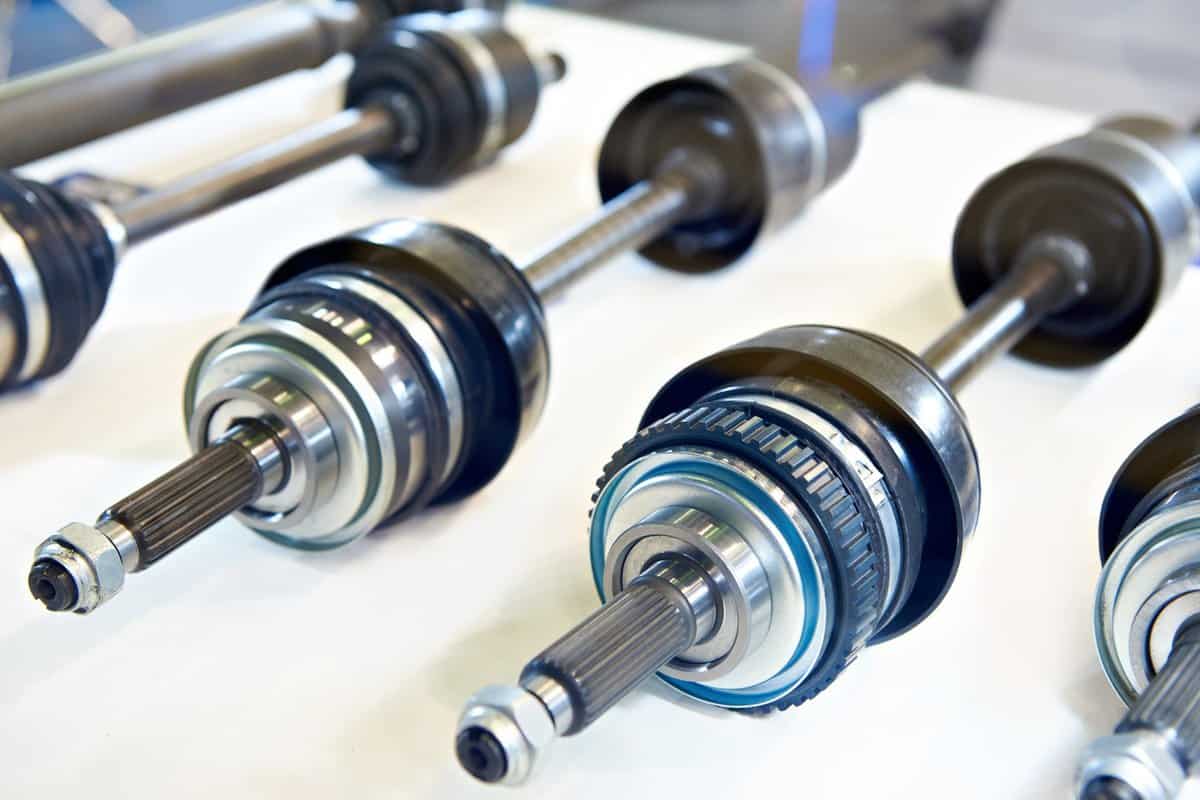
There are a few reasons why your axle isn't going in. We'll cover them here.
Check Your Seal Ring’s Size
Examine if the seal part that is sticking out of your transmission case is the outer ring in the seal or the lip.
The outer diameter of your seal ring must be sitting flush with the outer area on your transmission casing.
With this in mind, check if you are using the appropriate seal part number for your axle so that nothing out of place is protruding to block its path.
Snap Ring Should Be Properly Seated
You shouldn't be able to easily remove the axle if the snap ring is attached to the axle as it should be. It requires a fair amount of force to get it out when it is correctly positioned.
If you're still having trouble fitting it in, pull out your replacement snap ring and place it beside your old snap ring to check for any slight difference.
You may sense the splines engaging, but it doesn’t go any further. Try to fill the steel ring with grease so that it is centered on the shaft, while the ring opening is oriented downwards.
The interior bevel will probably catch the ring if it hangs down.
Apply a bit of grease to keep the ring in place and have it centered. For the clip to fall into the groove on the axle, it must be on top.
The clip will not insert itself if it is at the bottom.
New Rings or Original Rings?
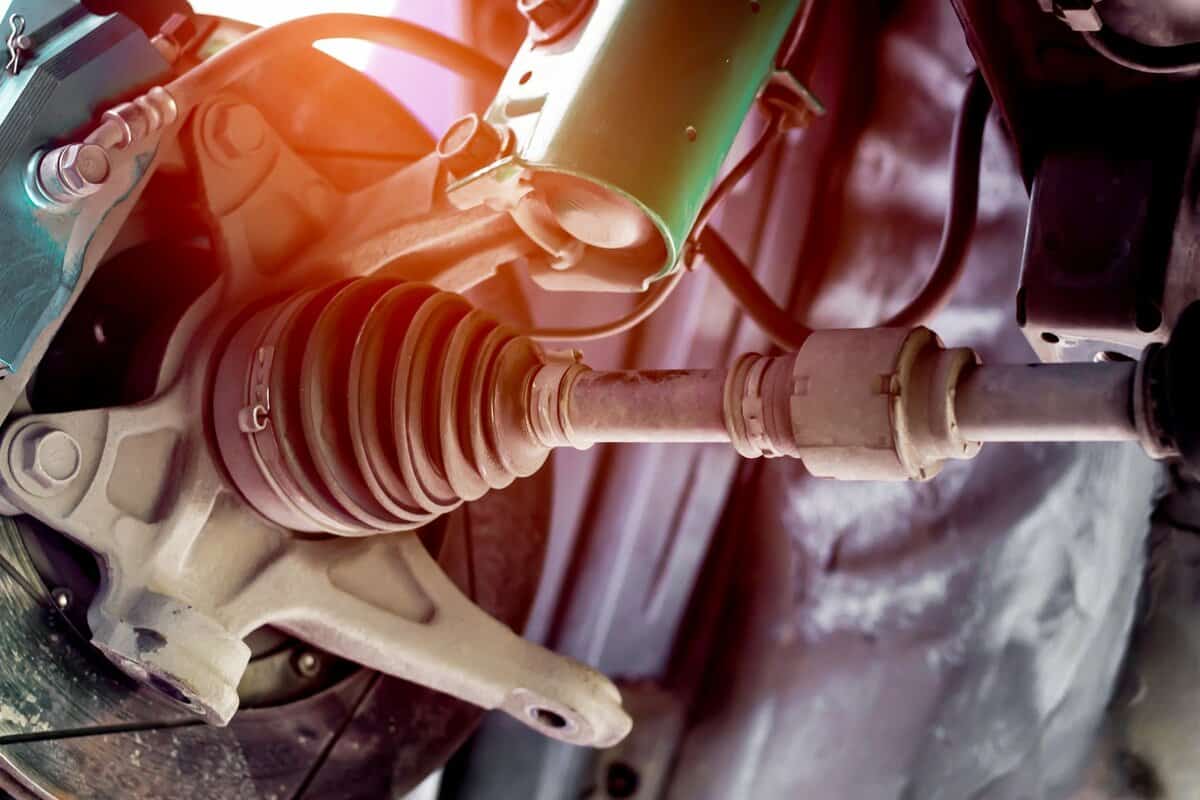
There may be issues with using a new ring. You can try using the original retaining clip that had been removed from the previous CV axle.
Some say using their previous retaining ring allowed their CV axle to seat properly on the first try.
But there isn’t much difference between using new rings and the old ones, except for a tiny increase in the bottom opening size.
They might be different regarding their spring rate. It also seems a little difficult to take out the new ones.
If your snap ring is not getting replaced, you can try squeezing it slightly with some pliers before reinstalling your axle.
If you are pulling the ring out, try to slide your axle in to check if there's any wear and tear. Your axle’s splines might have incurred scratches over time.
A pry bar can be used, by having the pry end pressed up to the CV's base valley. A couple of light hits with a hammer on top and below on the curved end of the pry bar should get the axle moving.
To help the clip ring locate the groove in the differential more easily, try filing a ramp onto it. This can work if it is on the clip's onboard side, and the axle was still retained in the right way.
Check Your Axle’s Spline
You can try fixing your damaged splines by filing them. When your axle is straight, you can simply push it with your body weight. The most important thing is to make sure that you engage your splines.
Inspect your differential's side gear spline after making sure the axle spline is in good shape. A flashlight and a telescoping mirror might be necessary. Try again after rotating the axle at 120 degrees.
Having some minor damage would likely keep the axle from pushing in all the way.
Some car owners have experienced an issue where their axle would sink in too far and become trapped. After thoroughly cleaning the axle's splines with a triangle file, it went in easily and locked in place.
Click here to see this needle file set on Amazon.
How To Push Your Axle In All the Way
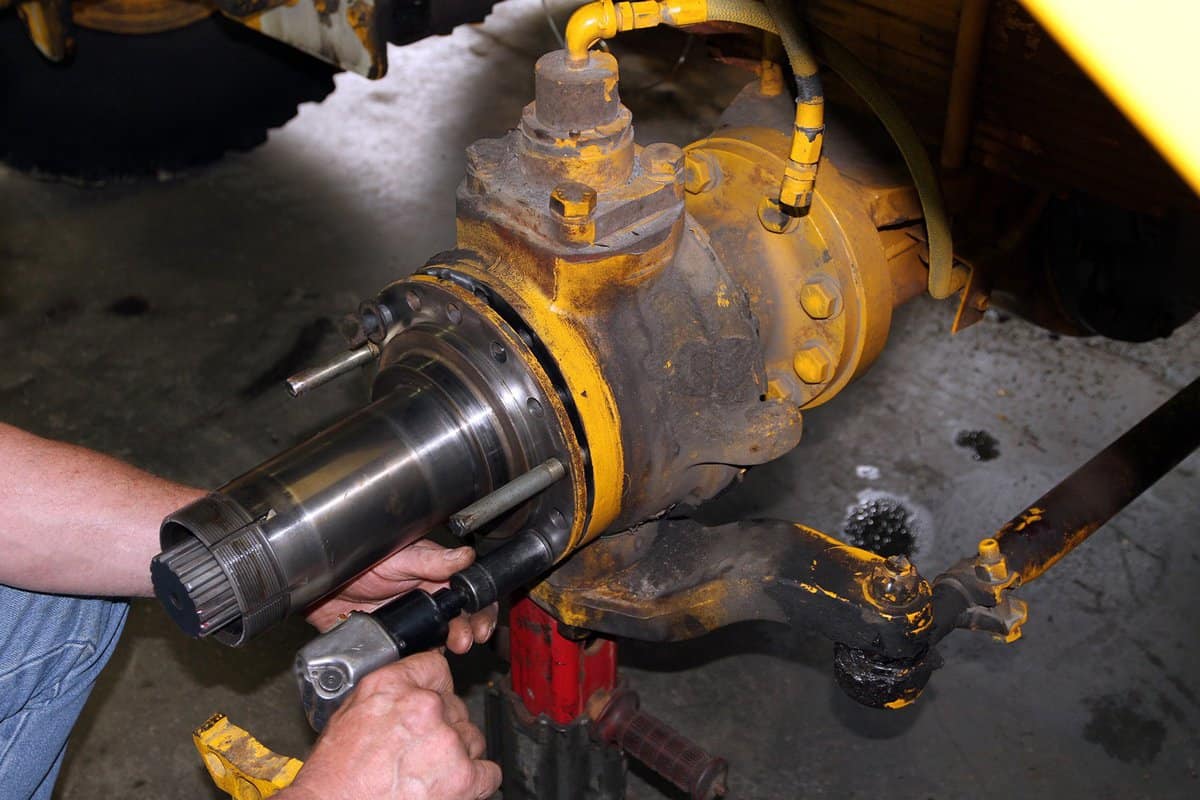
Remove the Strut
You can opt to remove the strut, since it is quite simple to do and does not require wheel alignment. Your entire pushing effort will then be focused in the proper direction in this manner.
Try Rotating It
A slight rotation can significantly alter the situation. Maybe the transmission and shaft splines were lined up rather than adjacent to one another.
If that was the case, you could hammer all day long in vain. The splines could indeed slide past one another by slightly turning.
Generally, if something ought to fit but doesn't, think about shifting it a little bit or altering your strategy.
It can acquire flat places on it if you try to hammer it in while it's not positioned correctly. This makes it even more challenging to get your axle in properly.
While newly installing an axle, you should apply grease for sustaining its orientation. Without using a hammer, the driver's axle ought to snap into place.
Try to center the lock ring on the axle with some grease, then forcefully insert the axle. If it still won't fit, try rotating it slightly while you push it in to align the threads.
Axle Must Be Parallel
The axle won't go into the splines if it is at any angle when doing so. Use a sturdy jack to support the side of the car that you’re working on. Use the jack and raise the control arm until your car begins to move.
So that the axle has a clear path to entering the hole, you can also add a piece of wood to support it by resting on the lower control arm. After that, inserting the inner axle’s end shouldn't be too difficult.
Some think the issue is that the hub end's downward force on the axle creates stiction, making it difficult to get the clip to slide in and fit. A difficult one should go in just right when lined up.
Give it a Decent Tug
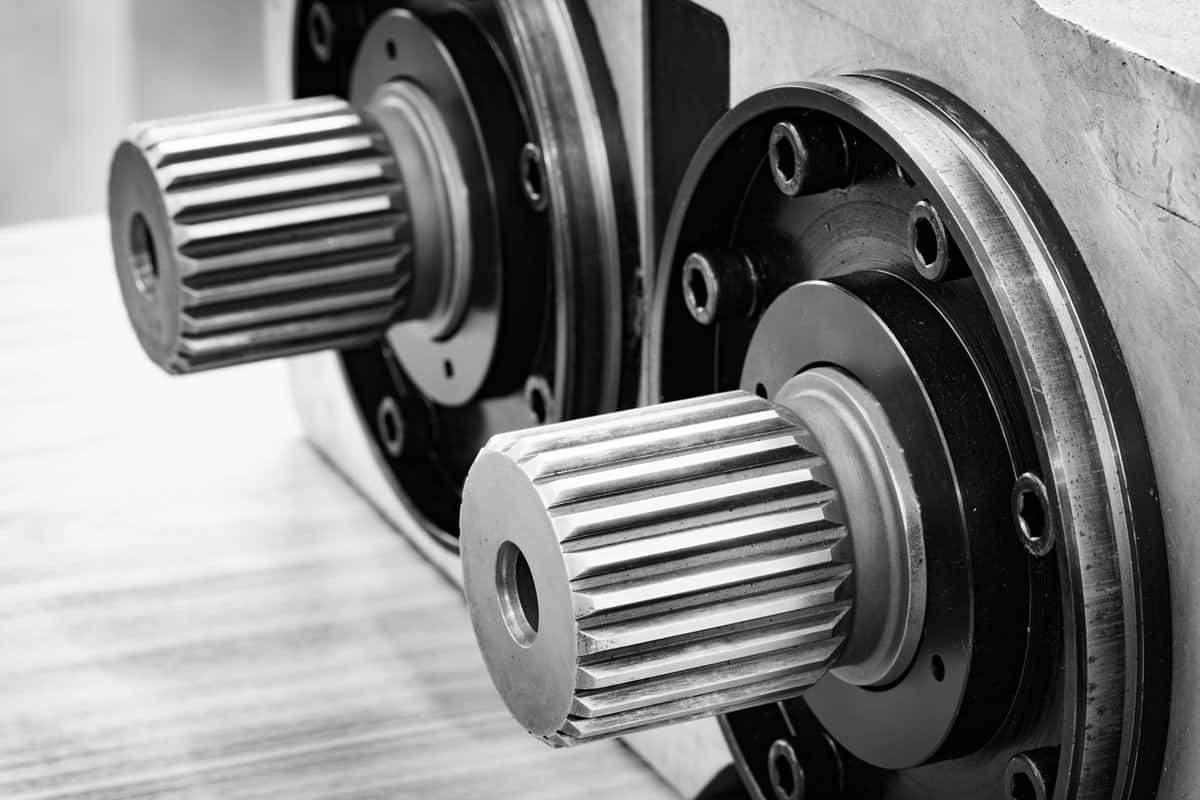
You might have encountered some difficulties taking it out of the transmission. That’s because it’s harder to remove them when it locks in place.
When you can’t tell whether it’s seated or not, a decent tug will let you feel if it’s completely in.
Ask for an Extra Hand
Make sure that your splines are aligned. Check to see if you can feel the axle catching in the differential by spinning it while the car is in neutral.
If so, have a friend hold it in position while you press the outside of the axle into the hub assembly until all of the CV joints are compact, and then gently tap it in with a hammer.
Simply knock it in with a few accurate taps. Additionally, make sure the joints are pressed together first. Otherwise, the axle won't be pushed in.
What Holds The Axle In Place?
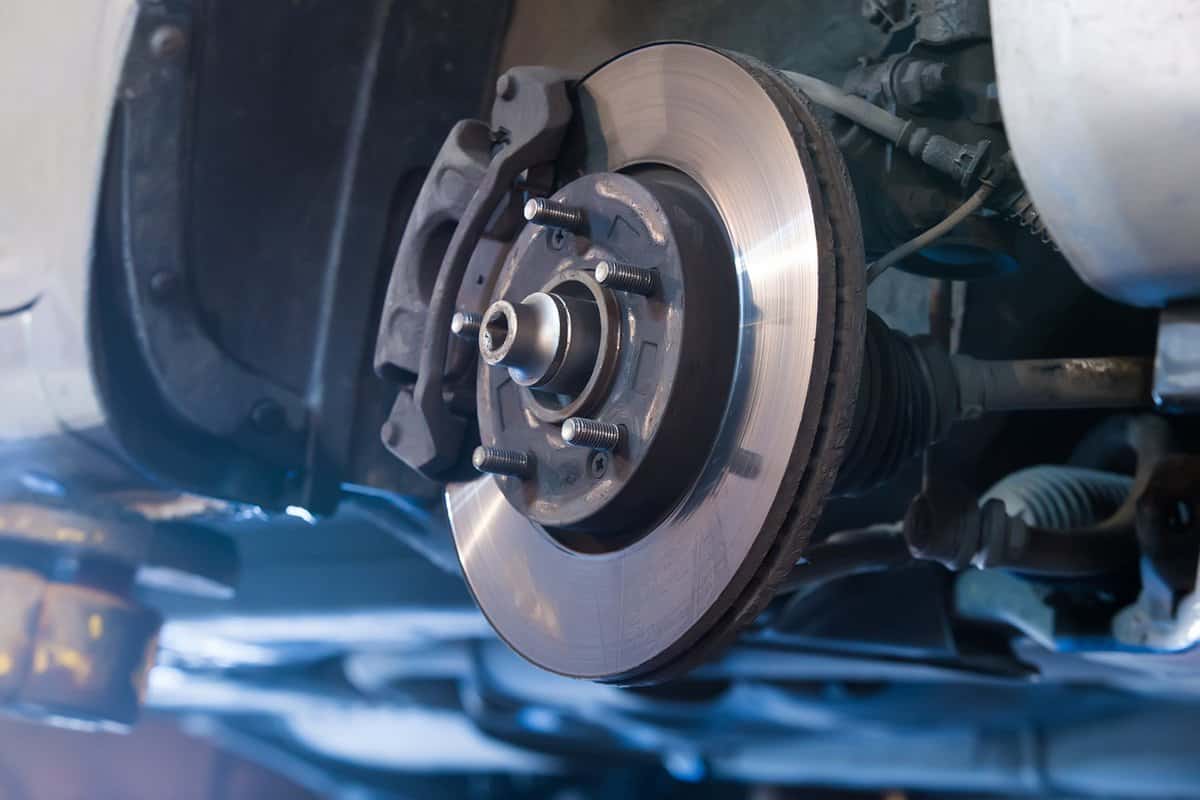
A pressed-on wheel ball bearing and, if present, a pressed collar or retaining clip next to the bearing hold an axle with a pressed bearing configuration in place.
Typically, the bearing assembly is housed in a flanged cup that is bolted to a corresponding flange on the axle’s outer housing.
Axle and wheel assembly are joined by a CV joint. For the axles to function properly, the CV joint needs to be maintained. A protective flexible cover called a boot is placed over the CV joint.
Power is transferred between the driving wheels and differential through the rear axle, which is situated between them.
The differential connects the two sides of the rear axle, which are separated by the half shafts. The majority of automobiles have rear axles that move along with the wheels.
There are two main sorts of car axle. The driveshaft is attached to the first kind, which is referred to as the driving axle.
The driveshaft is essentially just a rod that connects the engine to the transmission of the car. So the axle is turned in part by the engine.
A dead axle, which is not connected to the engine, is the other type of axle. The driving axle only rotates when your car is moving. Your car has dead axles to help sustain your car weight.
In Closing
When trying to push an axle in all the way, you should try centering the ring on the axle, lubricating the axle’s end just enough to hold the ring in place, and then lining everything up.
From there, the axle should smoothly pop into place.
If you found this article helpful, you might like to read these similar posts.

